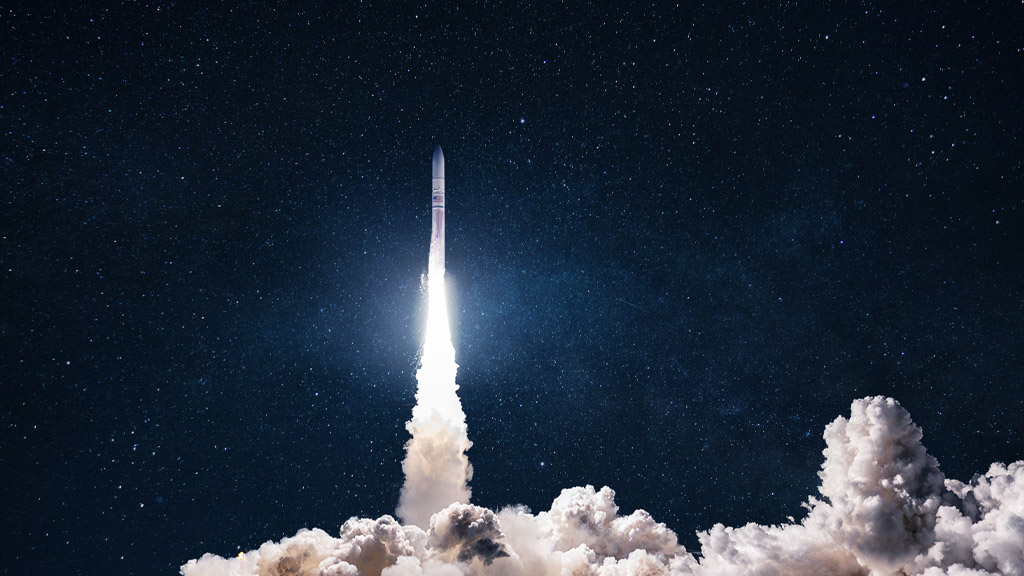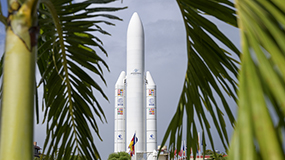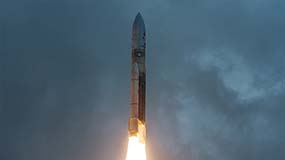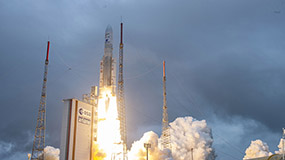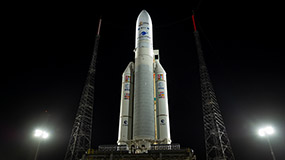Lesson Plan 1
How did the Ariane 5 rocket launch and deliver the JWST to L2?
High school students, as scientists, will apply middle school ideas about chemical reactions, forces, and motion to answer the driving question: How did the Ariane 5 rocket launch and deliver the JWST to L2? The lesson begins with students sharing their background knowledge of the James Webb Space Telescope (JWST) and the information it provides. Next, students watch a video of the rocket carrying the JWST being launched into space and generate questions about the phenomenon. Students consider related phenomena and how they can investigate questions about rocket fuel. Next, they evaluate information about the Ariane 5 + JWST system and generate additional questions about how the JWST was launched into space. Finally, students use their ideas about chemical reactions, energy, and forces to develop an initial model that explains how the JWST was delivered to Lagrange point 2 (L2).
Time: Two 50-minute class periods



